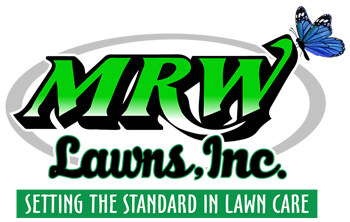Nutsedge News
Nutsedge: The Superweed The best way to describe nutsedge is “superweed.” Unlike other broadleaf weeds, this sedge has a robust root system made of nut-like tubers called nutlets. The nutlet stores a high amount of energy for the nutsedge to use in its lifecycle. With their grass-like leaves, sedges can be difficult to distinguish within the lawn…


